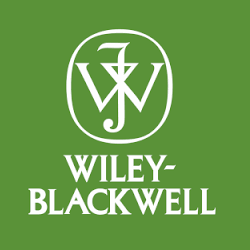5.3.2.5 Membrane Processes
Membrane processes are a wide group of separation methods which incorporate a semi‐permeable layer as a boundary between two phases. This semi‐permeable layer, depending on the exact mechanism of the membrane process, is either just an interface or directly participates in the separation. From the point of view of industrial wastewater treatment, three membrane processes are of the most significance: ultrafiltration, nanofiltration, and reverse osmosis. The first two are similar to traditional filtration in that the membrane is a porous layer, and some particles and molecules are able to pass through pores while others are not. The main difference between these processes is the size of pores. In ultrafiltration pores are in the range of 0.002–0.1µm and whether a particle or molecule is able to pass through a pore is mainly a matter of size comparison. In nanofiltration, pores are smaller, which is why nano‐world interactions take place. The third of the mentioned membrane processes is slightly different in principle from the previous two. Reverse osmosis uses a polymeric membrane with a dense active layer. Small water molecules can easily fit in the free volumes between polymer chains, while larger molecules of suspended solids are unable to penetrate. Therefore, by applying pressure on the feed side, water molecules can be pushed through the membrane, while the impurities are unable to permeate.
Among the greatest advantages of membrane separation techniques is the simplicity of design, ease of scale‐up, and very good selectivity. On the other hand, membrane processes tend to be expensive due to high installation costs and extensive pre‐treatment requirements. Therefore, membrane processes tend to be used only in a limited number of applications where the quality of the final product is especially important, and the selectivity is a key factor when it comes to separation method selection.








